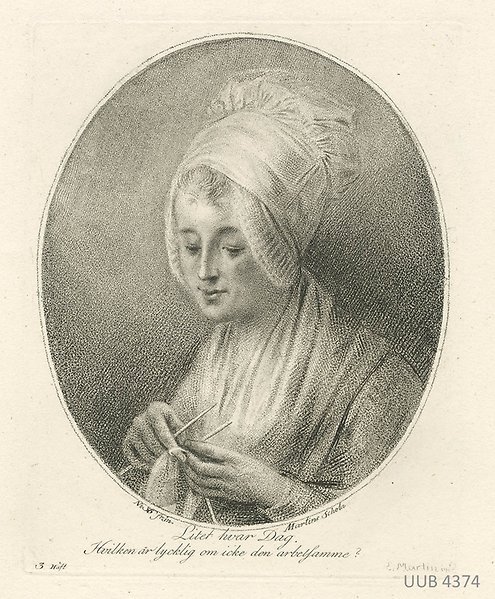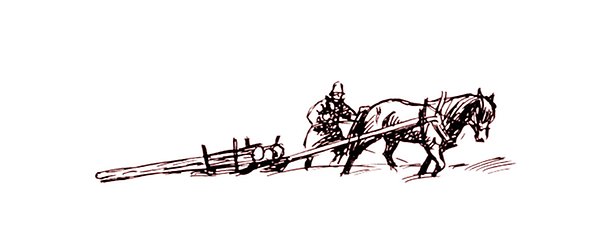Research
The Gender and Work research project is conducted at Uppsala University’s department of history. Its primary aim is to add to existing knowledge regarding work performed by men and women in the past.

Why study work performed in the past?
- To understand people’s living conditions
- To understand relationships between women and men
- To understand economic conditions and economic development
Why has our knowledge been limited?
- Our knowledge about the past is dependent upon the traces left behind by historical actors. These traces reflect what people considered interesting enough to record in writing. That which was taken for granted — for example, people’s everyday occupations — was seldom commented upon.
- Job titles were unusual, particularly in the countryside, and even more especially among women.
- While it is possible to find information about how people occupied themselves, it is both time-consuming and, consequently, expensive.
Much of the existing knowledge in the area gender and work is built upon information from the 19th century. This period was marked by significant societal transformations, meaning that it is not at all certain that prevalent conditions of that time applied as well to earlier periods. For this reason, researchers in the Gender and Work project go further back in time in order to conduct empirical investigations concerning the ways that people in different social groups, of different ages, and of different genders supported themselves.


How did women and men make a living?
This question should be understood in very concrete terms. We project members are not interested in general, sweeping answers such as “men lived off the land” or “most people were peasants”. Those are answers we already have. Rather, our aim was to locate the actual division of labor:
- Who did what?
- In what contexts?
- What did the work mean to the person who performed it?
- What did the division of labor mean for society in general?
Despite the basic nature of these questions, the answers are something we have known relatively little about. What did a nobleman do, really? What, really, did a farmer do during the day, practically speaking? What did his wife do? Or his farmhand? Or his children? Was the division of labor different in different parts of the country? Did it change over time? Or if, for instance, we look at an artisan’s household: which work activities were performed by the master? Which were performed by the apprentices and journeymen? What did the artisan’s wife do?

Results and subprojects
Read about GaW's results and subprojects throughout the years.

